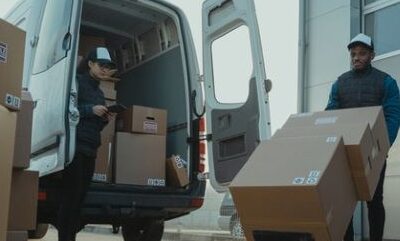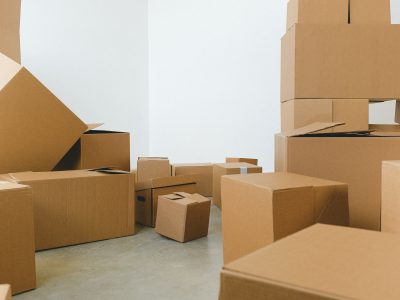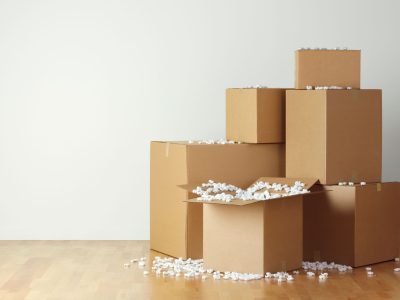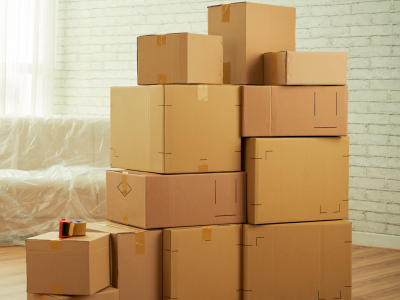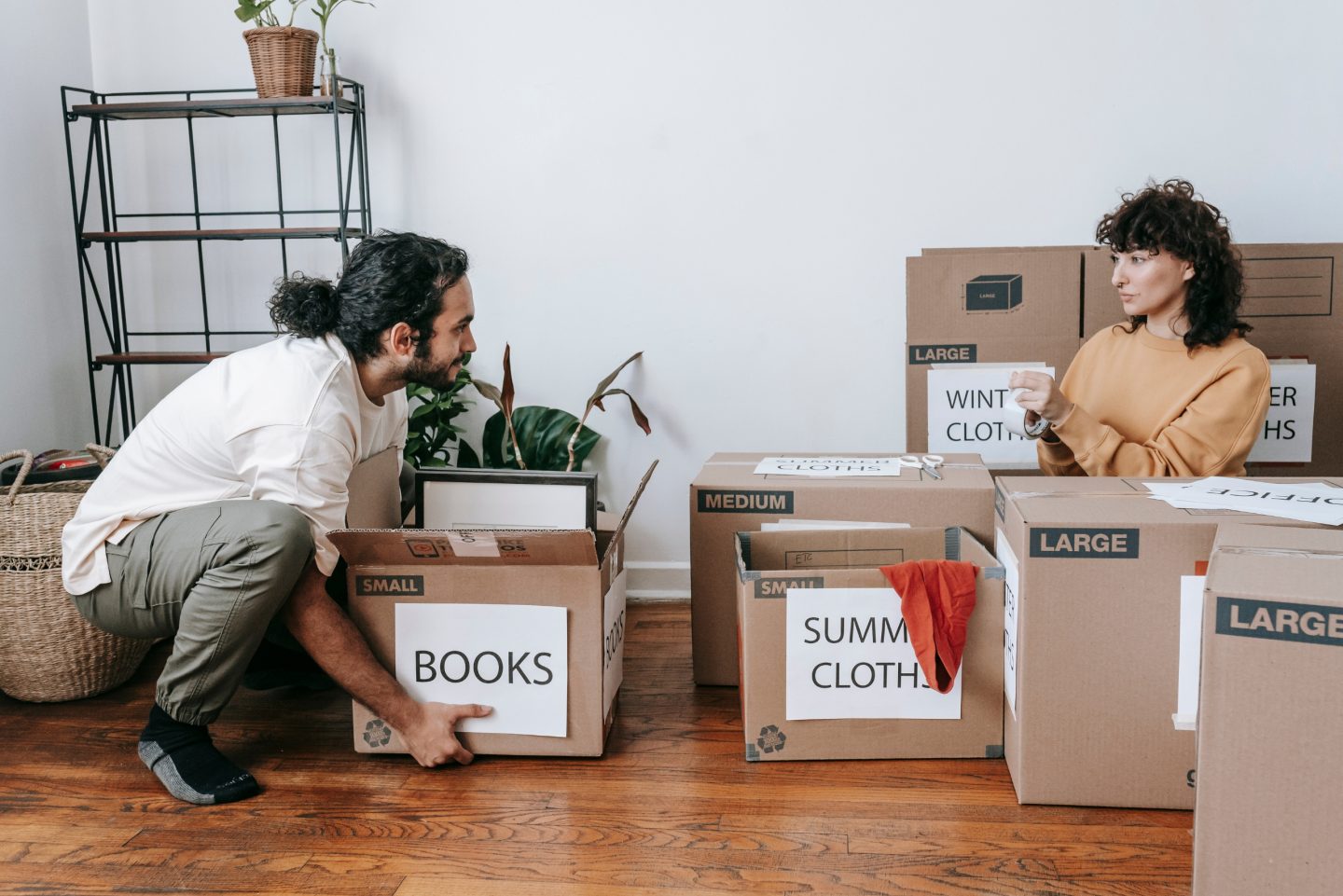
Have you ever wasted time searching for something in a pile of boxes? Poorly labelled boxes can cause frustration and waste valuable time. Proper labelling is key to efficient storage. This article will explain why labelling boxes is important. You will also learn best practices for labelling, types of labels, and how to avoid common mistakes.
How to Label Boxes
Improved Organisation
Labelling boxes helps you stay organised. When each box has a clear label, you know what’s inside. This makes it easier to find items quickly. Organisation is crucial for both homes and businesses. It helps keep spaces tidy and clutter-free.
Time-Saving
Proper labelling saves time. Instead of opening multiple boxes to find one item, you can go straight to the correct box. This is especially helpful during busy times, like moving house or during a big project at work.
Safety and Efficiency
Knowing what’s inside each box can prevent accidents. For example, if a box contains fragile items, a clear label will remind you to handle it carefully. Labels can also indicate if a box contains hazardous materials. This ensures everyone stays safe.
Best Practices for Labelling Boxes
Clear and Concise Labels
Your labels should be easy to read. Use large, clear letters. Include key information like the contents and any special instructions (e.g., “Fragile” or “This Side Up”). Avoid long descriptions. Simple and clear is best.
Using Durable Materials
Use materials that will last. Waterproof markers and sturdy labels are ideal. Avoid using paper labels that can tear or smudge. Durable labels ensure that the information remains visible over time.
Consistent Labelling System
Consistency is important. Use the same method for all your labels. You might use colour-coding, numbering systems, or a combination. For example, use red labels for fragile items and blue for office supplies. A consistent system helps you recognise categories at a glance.
Types of Labels
Pre-Printed Label
Pre-printed labels are convenient. They come in many types, including labels with common categories (e.g., “Kitchen”, “Books”). You can buy them from stationery shops or online. Pre-printed labels save time and ensure uniformity.
DIY Labels
Making your own labels is cost-effective. Use blank sticky labels and a marker pen. You can customise them to suit your needs. DIY labels are perfect for unique items or when you run out of pre-printed labels.
Templates and Tools
Check online for free labelling templates. Many websites offer printable labels that you can customise. These can save you time and effort.
Technology Solutions
Digital labelling options are becoming popular. QR codes and barcodes can store detailed information. Use a smartphone app to scan the codes and view the contents list. This method is great for tech-savvy individuals and businesses with many items to track.
Step-by-Step Guide to Labelling Boxes
1. Inventory Your Items
Before packing, take an inventory. List all items you plan to store. This helps you keep track and ensures nothing is forgotten.
2. Categorise Your Items
Group similar items together. Categories could include kitchenware, books, office supplies, or seasonal decorations. Categorising makes it easier to find items later.
3. Create Your Labels
Make labels for each category. Include the category name and a brief list of contents. For example, a label for a kitchen box might say “Kitchen: Pots, Pans, Utensils”.
4. Attach Labels Properly
Place labels on the top and one side of each box. This way, labels are visible even if the boxes are stacked. Make sure the labels are secure and won’t fall off.
5. Record and Track
Keep a master list of all labelled boxes and their contents. You can do this on paper or digitally. A master list helps you quickly locate items without searching through each box.
Common Mistakes to Avoid
Vague Labels
Avoid vague labels like “Miscellaneous” or “Stuff”. These don’t provide useful information. Be specific about what’s in each box.
Inconsistent Labelling
Stick to a consistent labelling method. Mixing different systems can cause confusion. If you start with colour-coding, don’t switch to a numbering system halfway through.
Ignoring Fragile Items
Always label boxes with fragile items clearly. Use labels that say “Fragile” or “Handle with Care”. This prevents damage during handling.
Conclusion
Properly labelling boxes is essential for efficient storage. It helps with organisation, saves time, and ensures safety. By following best practices and avoiding common mistakes, you can create an effective labelling system. Whether for home or business, good labelling makes a big difference. Start labelling your boxes today and enjoy the benefits of a tidy, efficient space.
Looking for storage solutions? Store in London has you covered! Our friendly team is ready to assist you with all your storage needs, right from your doorstep. If you prefer to leave the packing to professionals, our comprehensive service includes everything from packing and loading to storing and returning, all tailored to your specific requirements. Enjoy top-notch service at the best prices. Contact us today or book your storage unit directly on our website to experience the convenience and peace of mind we offer.

